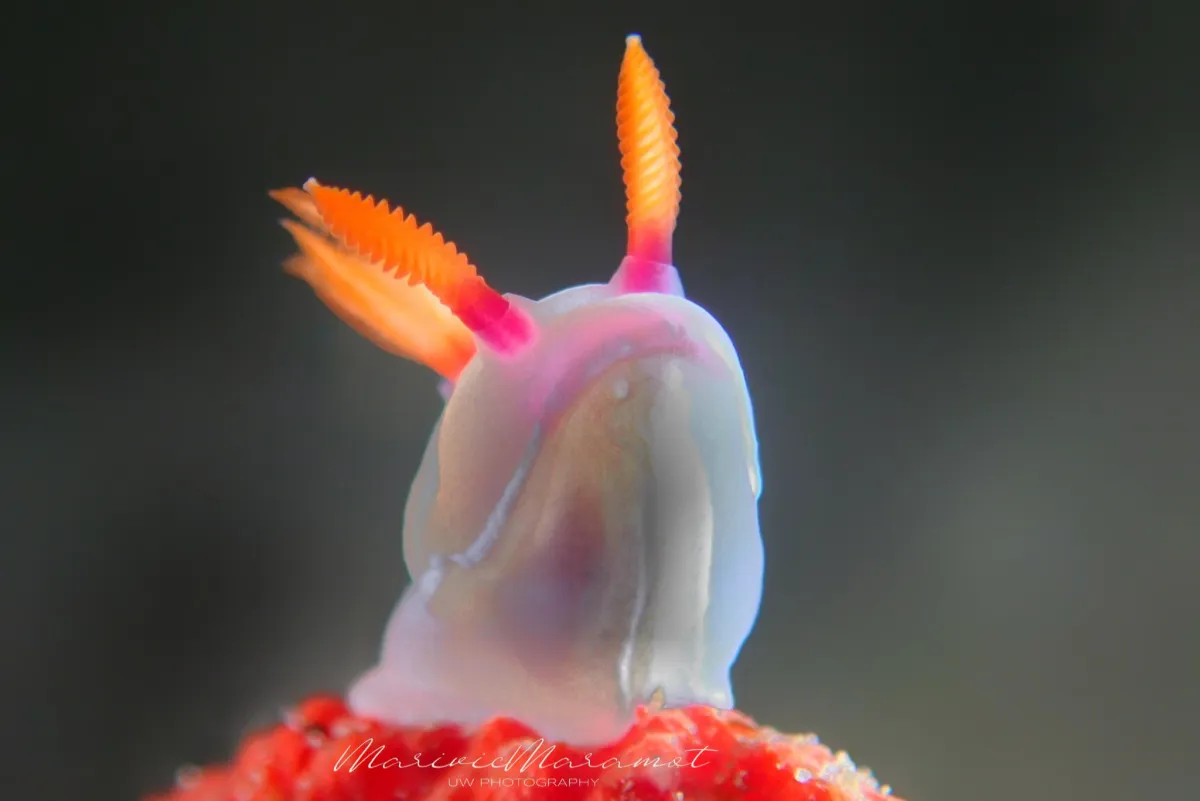
Macro Photography
Macro underwater photography focuses on capturing small marine life and intricate details of the ocean's hidden world. By using specialized techniques and close-up lenses, photographers can reveal the fine textures, vibrant colors, and delicate features of tiny creatures like nudibranchs, shrimp, and seahorses. It's a fascinating way to explore and document the often-overlooked wonders of the underwater environment.

Perfect Captures
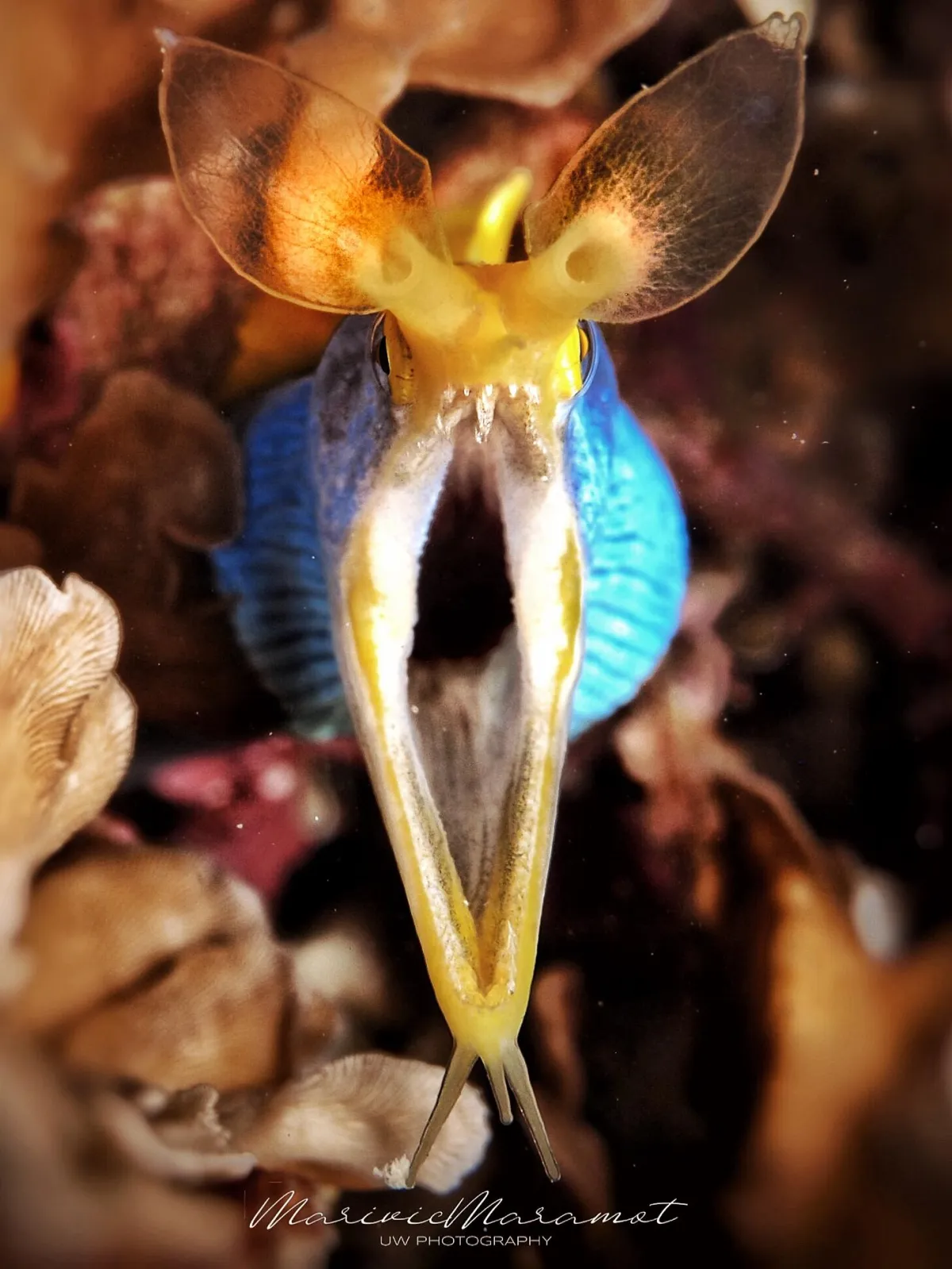
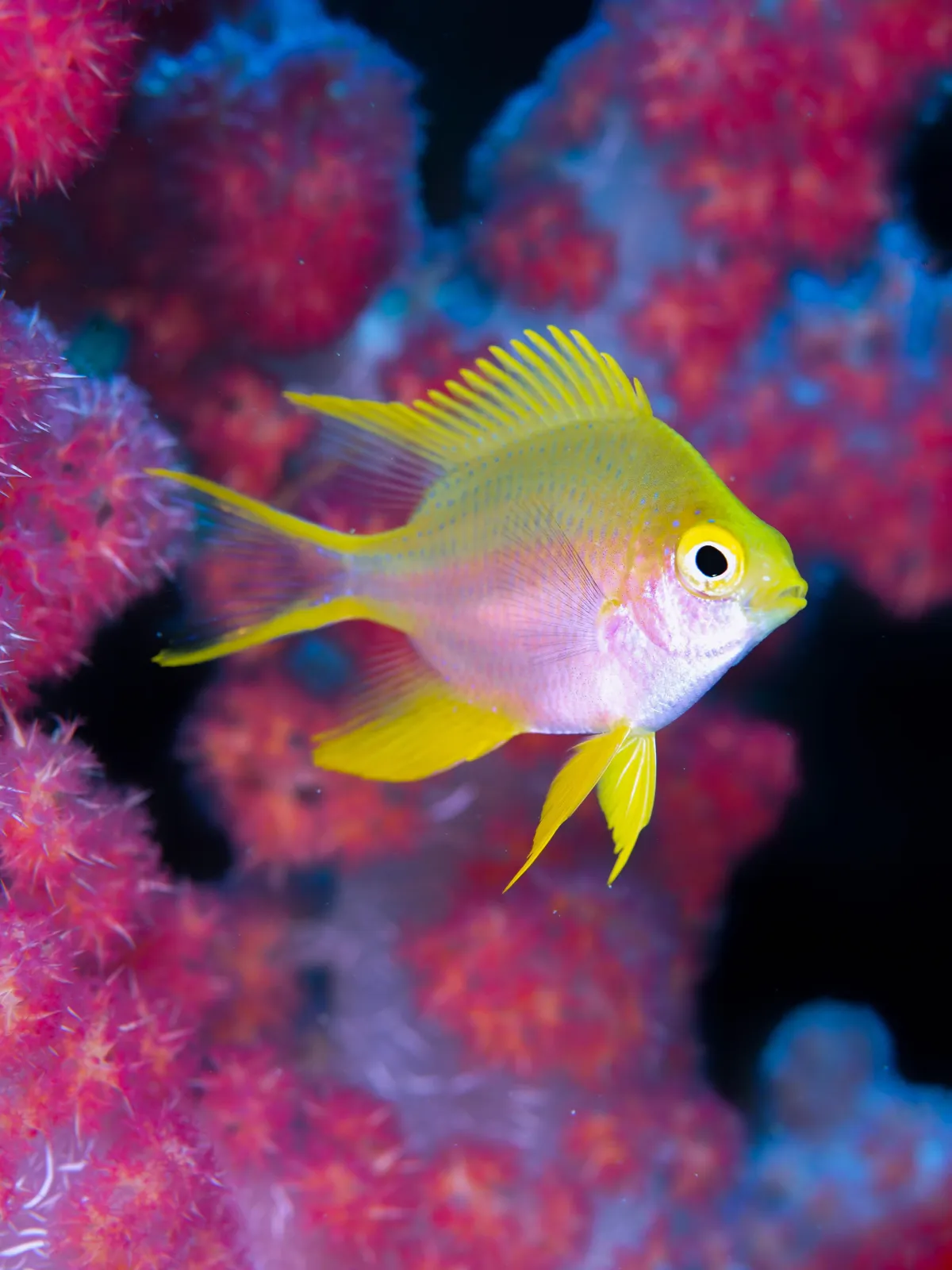
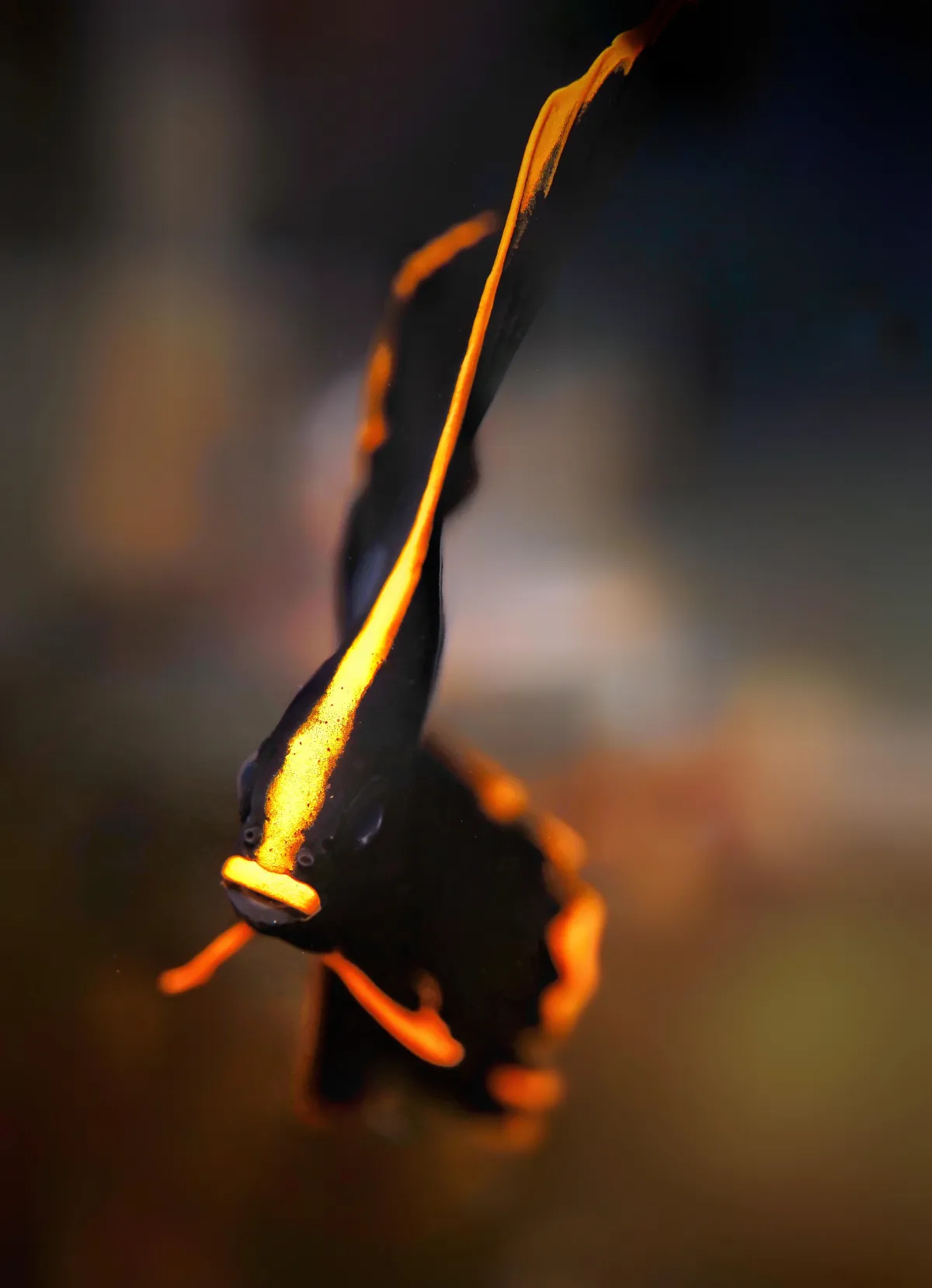
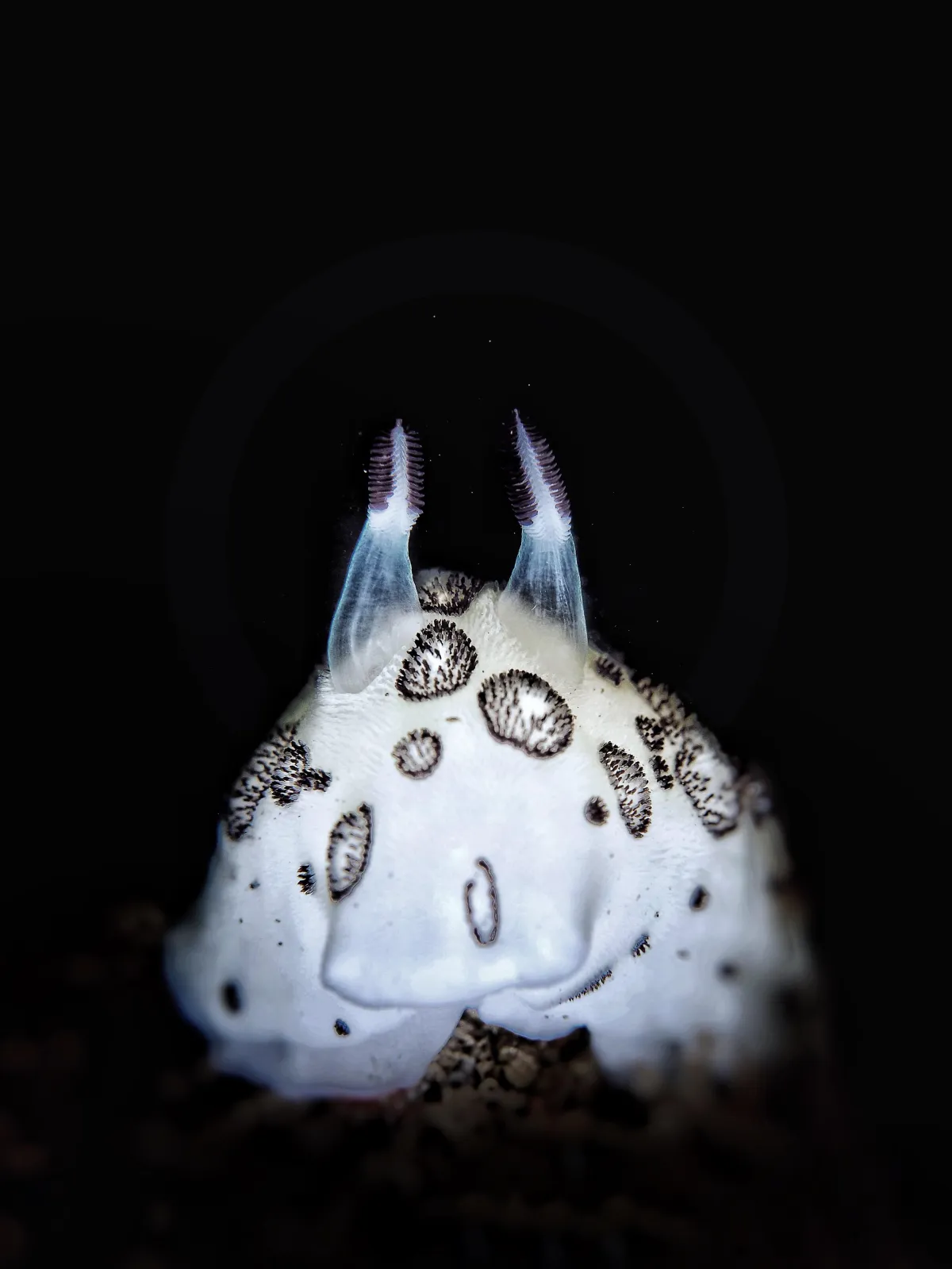
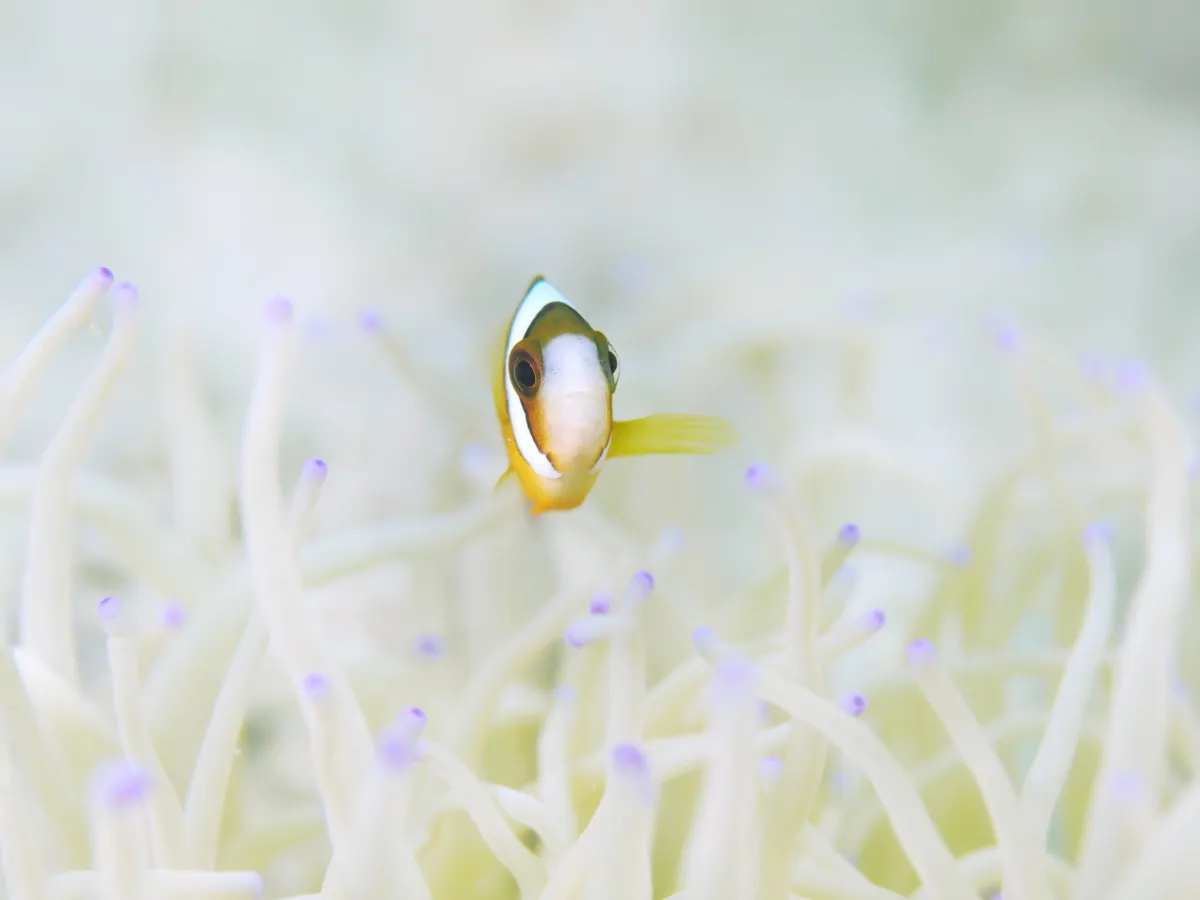
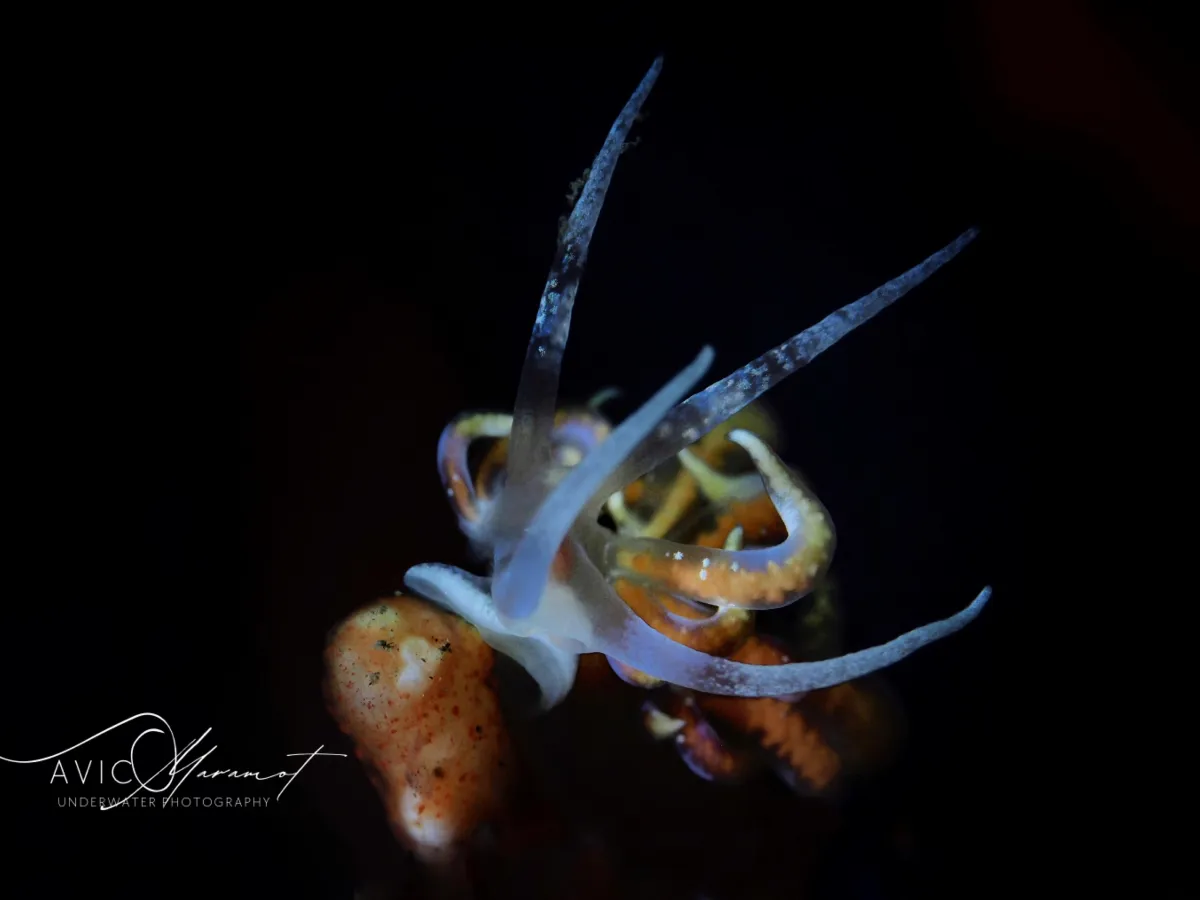
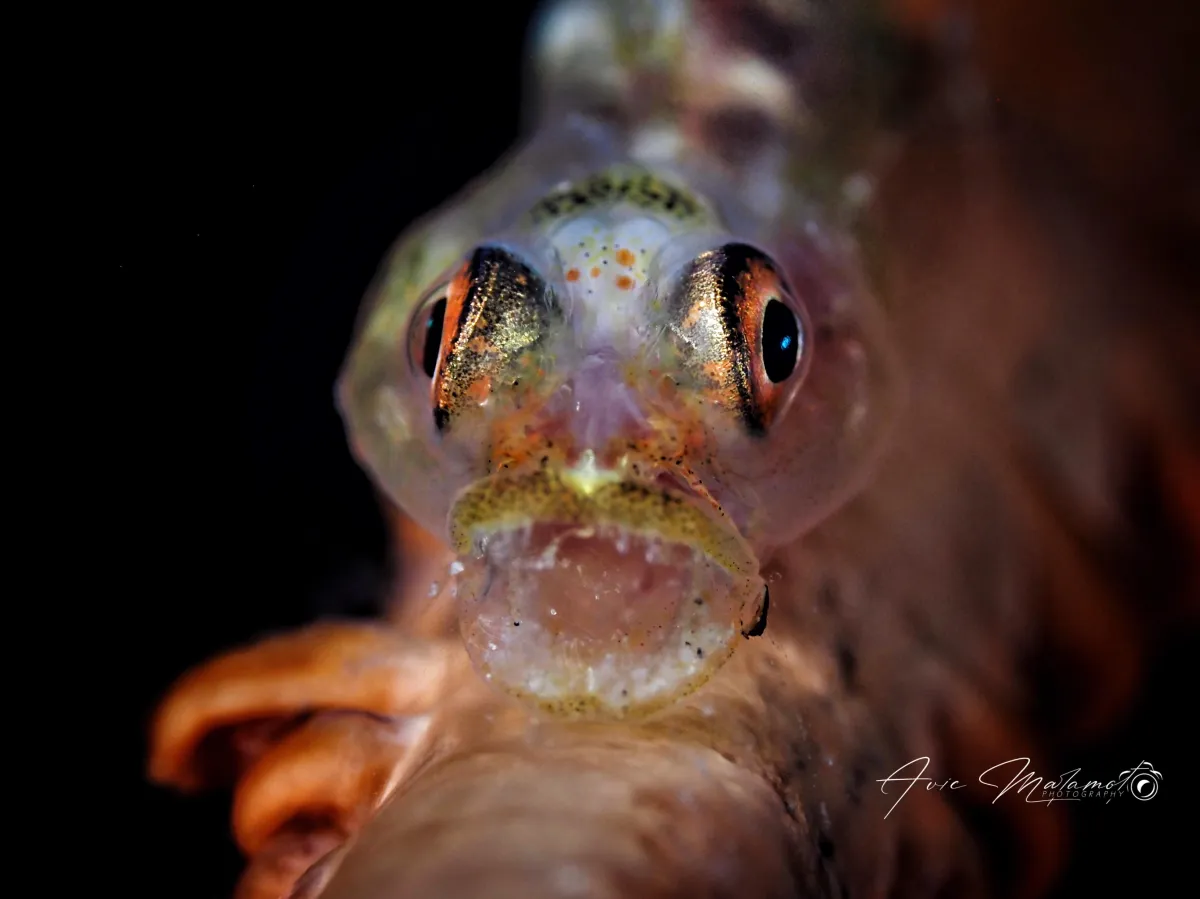
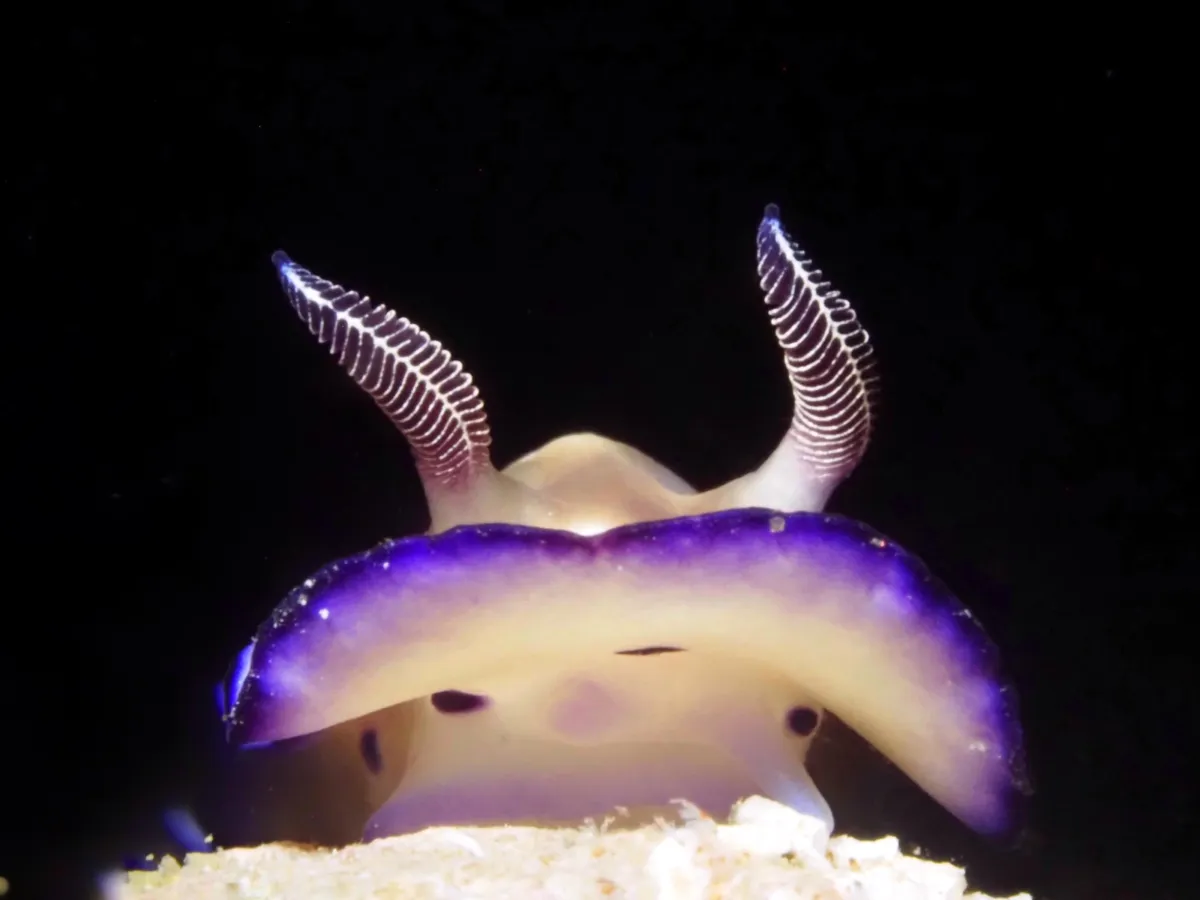
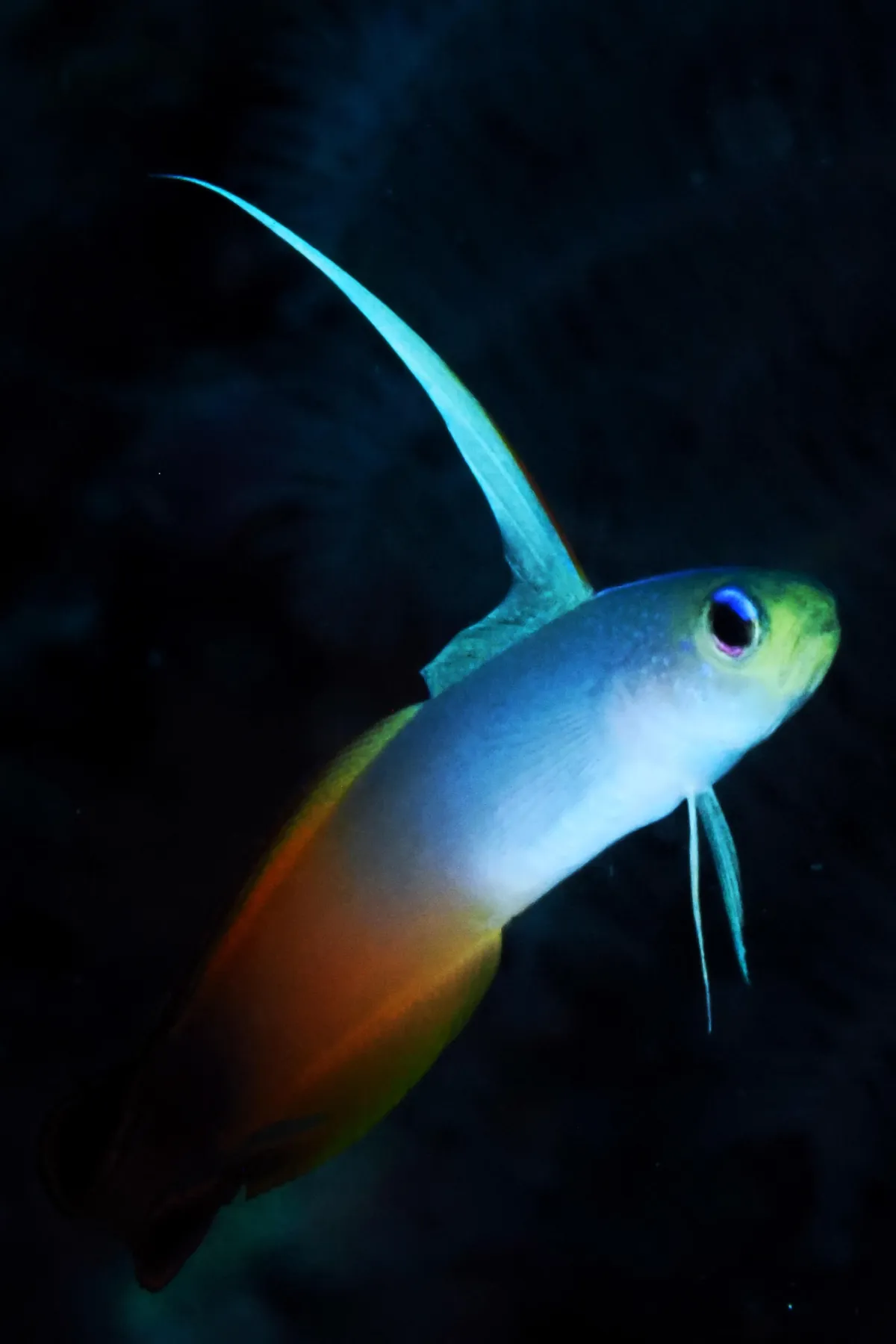
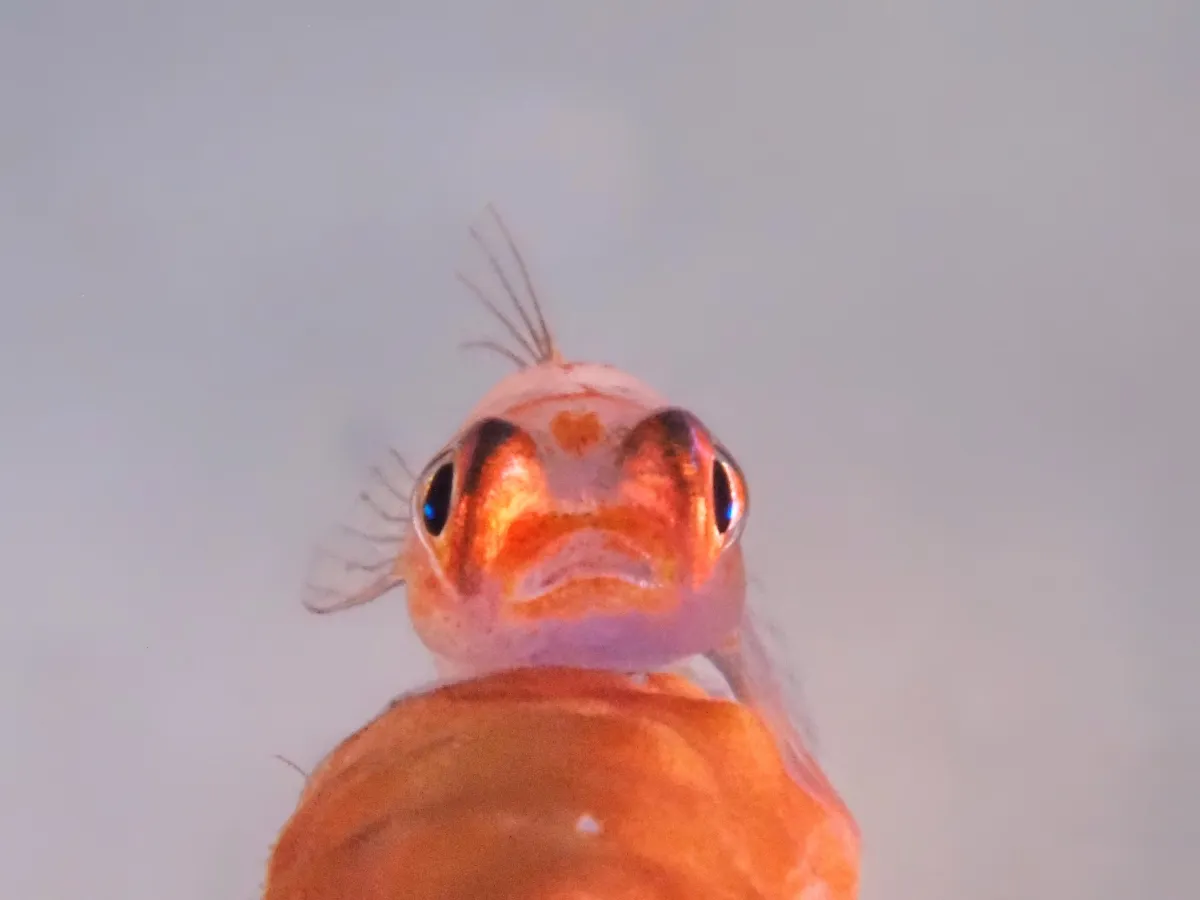
FAQ's
You need to know…
Learning to scuba dive is a great value when you consider that you learn to dive under the guidance and attention of a highly trained, experienced professional – your PADI Instructor. What’s more, you receive a certification to scuba dive at the end of a PADI Open Water Diver course (few other activities can offer that). From the first day, scuba diving starts transforming your life with new experiences you can share with friends. And you can do it almost anywhere there is water. Start learning with eLearning and get ready to take your first breaths underwater!
What are the requirements for learning to scuba dive?
If you have a passion for excitement and adventure, chances are you can become an avid PADI Diver. You'll also want to keep in mind these requirements: The minimum age is 10 years old (in most areas). Student divers who are younger than 15 earn the PADI Junior Open Water Diver certification, which they may upgrade to PADI Open Water Diver certification upon reaching 15. Children under the age of 13 require parent or guardian permission to register for PADI eLearning. All student divers complete a brief scuba medical questionnaire that asks about medical conditions that could be a problem while diving. If none of these apply, sign the form and you’re ready to start. If any of these apply to you, your doctor must, as a safety precaution, assess the condition as it relates to diving and sign a medical form that confirms you’re fit to dive. In some areas, local laws require all scuba students to consult with a physician before entering the course.
Before Completing the Course
your instructor will have you demonstrate basic water skills to be sure you’re comfortable in the water, including: Swim 200 metres/yards (or 300 metres/yards in mask, fins and snorkel) without stopping. There is no time limit for this, and you may use any swimming strokes you want. Float and tread water for 10 minutes, again using any methods you want. Any individual who can meet the performance requirements of the course qualifies for certification. There are many adaptive techniques that allow individuals with physical challenges to meet these requirements. People with paraplegia, amputations and other challenges commonly earn the PADI Open Water Diver certification. Even individuals with more significant physical challenges participate in diving.

Navigation
Policy
Get In Touch
© Copyright 2017. Batangas Scuba Academy. All rights reserved.
